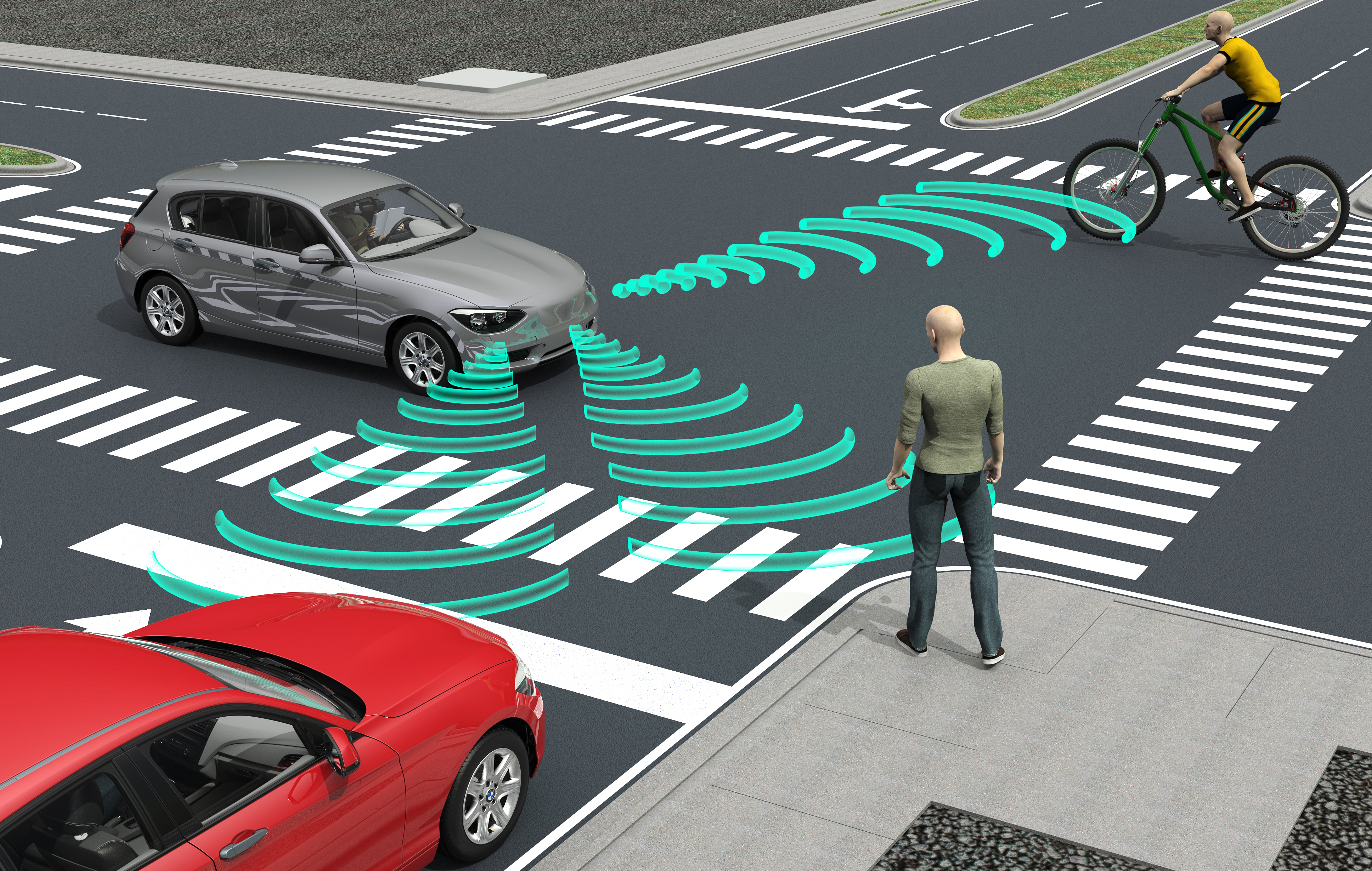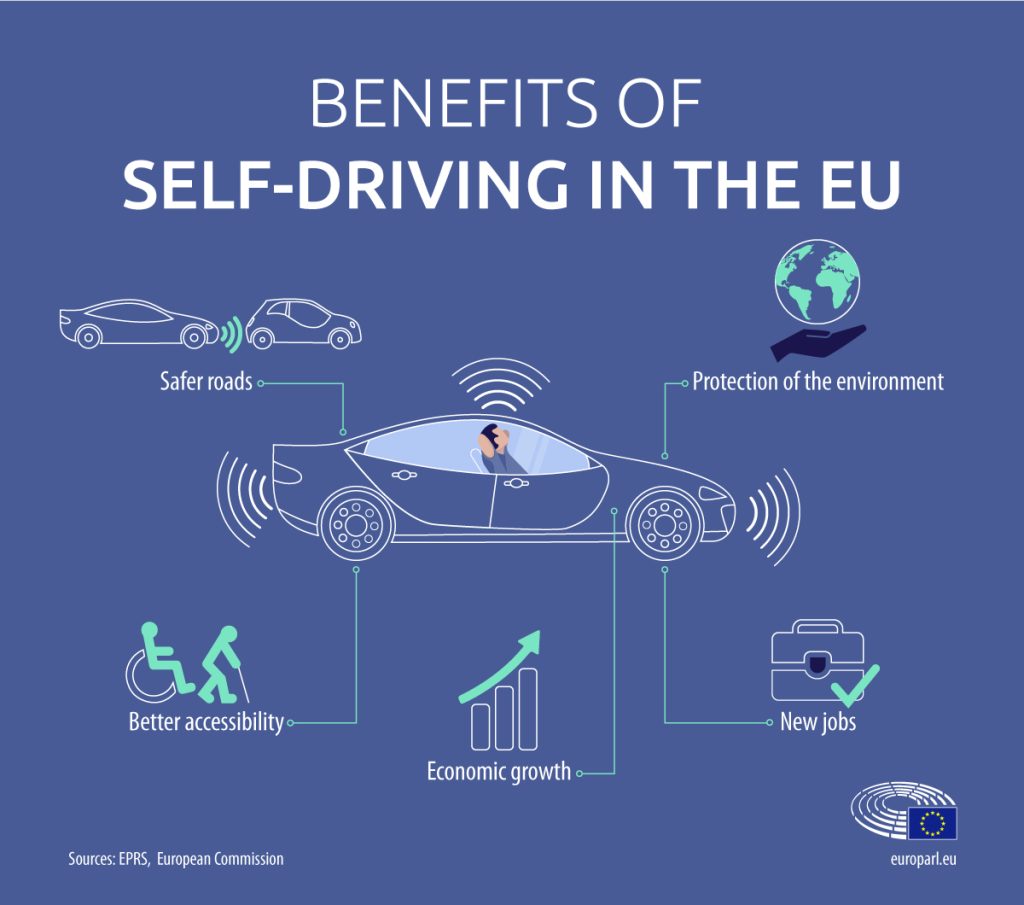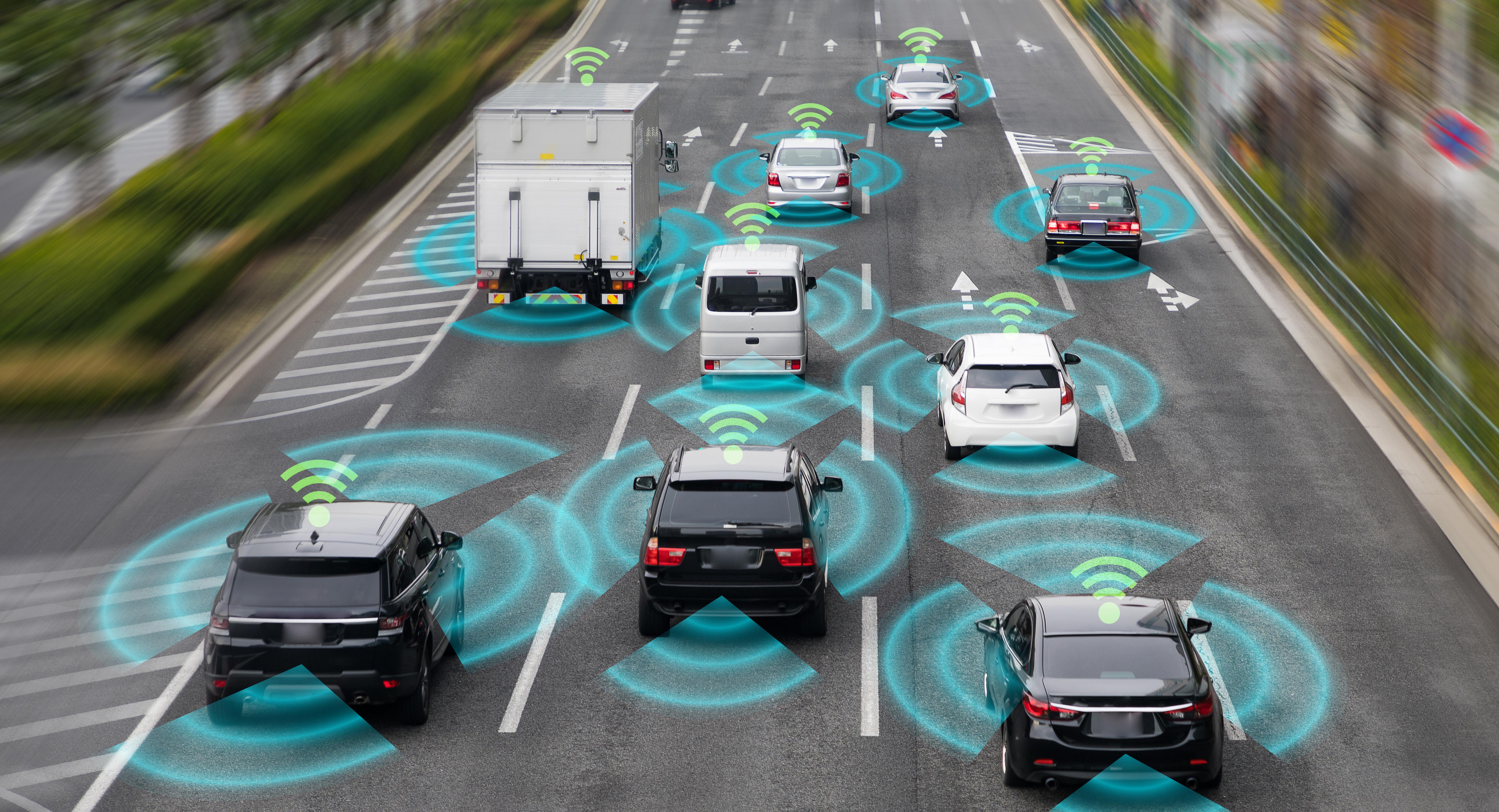Autonomous Vehicles: The Road Ahead
The future of transportation is rapidly approaching, and at the forefront of this revolution are autonomous vehicles (AVs). These self-driving cars, trucks, and buses promise to reshape how we move, how industries operate, and even how cities are designed. But while the idea of driverless cars has captivated imaginations for decades, the reality is complex. Let’s take a look at where autonomous vehicles are now and where they might be headed in the near future.
What Are Autonomous Vehicles?
Autonomous vehicles, also known as self-driving cars, are vehicles capable of navigating and operating without human intervention. They rely on a combination of sensors, cameras, LIDAR (Light Detection and Ranging), radar, and advanced algorithms to interpret their surroundings, make decisions, and safely reach their destination. AVs are typically classified into levels, ranging from Level 0 (no automation) to Level 5 (full automation). Most companies are focusing on achieving Level 4 or 5 autonomy, where the vehicle can operate entirely without human oversight.
Current State of Autonomous Vehicles: -
As of now, autonomous vehicles are still in development but have already made significant strides. Companies like Waymo, Tesla, and Cruise are leading the charge with pilot programs in certain cities. Waymo, a subsidiary of Alphabet (Google's parent company), has been running fully autonomous taxis in limited areas in Phoenix, Arizona, for several years. Tesla, with its “Autopilot” and Full Self-Driving (FSD) capabilities, has introduced advanced features in its electric cars that assist with navigation and driving but still require human oversight.
Despite these advances, autonomous vehicles have faced several challenges. The technology still has to address issues like unpredictable weather, complex urban environments, and system failures. Additionally, concerns about the ethical implications of self-driving cars — such as how they should react in emergency situations — remain unresolved.
The Roadblocks to Full Autonomy
While the potential for self-driving cars is immense, there are several roadblocks on the journey to widespread adoption. These include:
Technology Limitations: Despite significant progress, the sensors and algorithms used by AVs still have limitations. Issues like sensor malfunctions, poor weather conditions (heavy rain or snow), and identifying objects in complex or unusual environments remain challenges.
Regulation and Legislation: Autonomous vehicles present a regulatory nightmare for lawmakers. How will liability be determined in the case of accidents? What legal framework will be used to govern their testing, deployment, and integration into existing transportation networks? Governments are still grappling with creating regulations that can keep pace with rapid technological developments.
Public Perception and Trust: Many consumers remain hesitant about autonomous vehicles. The high-profile accidents involving semi-autonomous cars have led to skepticism about the safety of self-driving technology. Building public trust will be critical to encouraging widespread adoption.
Infrastructure Readiness: Our current roadways, traffic signs, and signals were designed for human drivers, not self-driving vehicles. AVs will require updates to road infrastructure to ensure safe integration. This includes smart traffic systems, clearer signage, and dedicated lanes in some cases.
The Benefits of Autonomous Vehicles
Despite these challenges, the benefits of autonomous vehicles are vast and could transform several industries:
Safety Improvements: Human error is responsible for around 90% of traffic accidents. With autonomous technology, AVs could reduce accidents caused by fatigue, distractions, and impaired driving. Their precise algorithms can anticipate hazards quicker than human drivers and react faster.
Increased Mobility: Autonomous vehicles could provide greater independence for individuals who are elderly or disabled and unable to drive. By removing the need for a driver, AVs could give people greater freedom and access to transportation.
Environmental Impact: Self-driving vehicles can improve fuel efficiency by optimizing driving patterns. Furthermore, they can be part of the push for electric vehicles, which would lower emissions and help address climate change.
Reduced Traffic Congestion: Autonomous vehicles could communicate with each other to reduce traffic congestion. Cars that can adjust their speed based on real-time traffic data and avoid collisions will help streamline travel, reducing bottlenecks and accidents.
The Future Outlook
The road ahead for autonomous vehicles is still uncertain, but the pace of progress is accelerating. In the next 5-10 years, we may see more widespread use of autonomous vehicles in controlled environments like urban centers, where technology can be more easily monitored and regulated. By the 2030s, AVs might begin to be more integrated into daily life, potentially replacing many forms of public and private transportation.
However, fully autonomous vehicles operating in every environment — from rural roads to busy city intersections — may still be decades away. The industry is likely to continue evolving in stages, with semi-autonomous features gradually becoming more common and offering a stepping stone toward complete autonomy.
Conclusion
Autonomous vehicles are no longer just a futuristic dream — they are on the road today, albeit in limited forms. While there are challenges to overcome, the benefits of AVs make them an exciting and transformative development in the world of transportation. From enhanced safety to environmental sustainability, self-driving cars could redefine how we live and work in the coming decades. But for now, as we continue to work through technological, regulatory, and social hurdles, the journey towards a fully autonomous future is far from complete. The road ahead is long, but it’s one that promises to be full of potential.
For more information visit this site: -
ieee.org
-----------------------------------------------------------------------------------------------------------------------------
Written by-HyperXpedia™️




